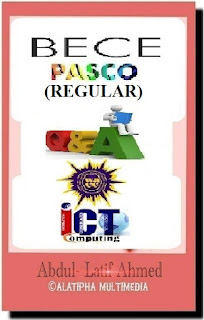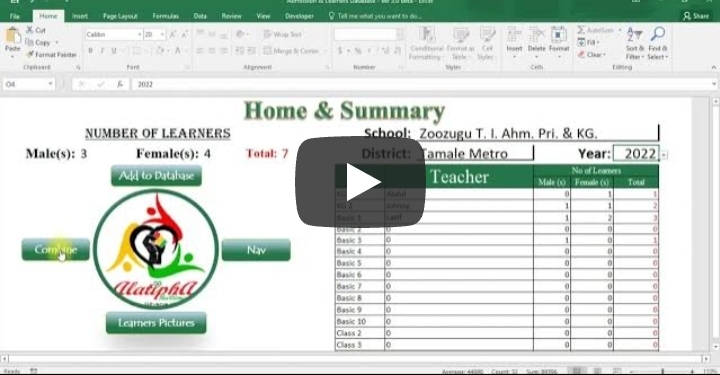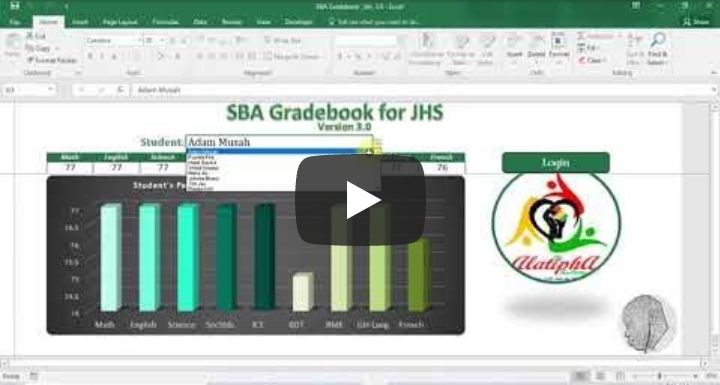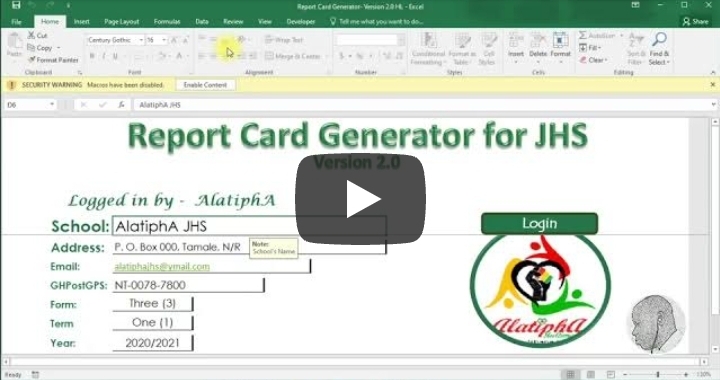Chapter 4: Unit and Lesson Planning
Chapter 4: Unit and Lesson Planning
Chapter Overview
You are now ready to consider planning and its relationship to the decisions you will make in the classroom. Planning is the systematic process of deciding what and how your students should learn. Teachers make one such decision on average every 2 minutes they are teaching, according to an estimate by Clark and Peterson (1986).
However, these thinking "on your feet" decisions are only part of the decision-making process. Teachers also make many other decisions about the form and content of their instruction, such as:
- how much presenting, questioning, and discussing to do;
- how much material to cover in the allotted time; and
- how in-depth to make their instruction.
In chapter 3 you saw the importance of goals and objectives in the planning process. Now let's consider three other factors in the planning process:
- knowledge of the learner,
- knowledge of your subject matter, and
- knowledge of teaching methods.
This chapter introduced you to unit and lesson planning. Its key terms and main points were:
Teacher as Decision Maker
Four primary inputs to the planning process are:
- knowledge of instructional goals,
- knowledge of learner needs,
- knowledge of subject matter content, and
- knowledge of teaching methods.
Four sources from which you can obtain information about the four inputs to planning are:
- practical experiences, such as observing in classrooms;
- reading case studies about what more successful and less successful teachers have done;
- reading the professional literature about important ideas, conceptual systems, and paradigms for thinking about teaching; and
- reading empirical studies about what the research says about your subject and how to teach it.
Another input to the planning process is "tacit knowledge" representing what works, discovered over time and through experience.
Unit and Lesson Plans
A unit of instruction may be thought of as a system; individual lessons within the unit are its component parts.
The concept of hierarchy tells us the relationship of parts to the whole (in this case, lessons to units), and the concept of task-relevant prior knowledge tells us what must come before what in a sequence of events (lesson sequence).
Planning decisions takes into account:
- Standards and Objectives – National and State Standards and curriculum guides from school districts dictate content for subject matter in each grade.
- Learner abilities, experiences, and specific needs
Disciplinary and Interdisciplinary Unit Planning
Units can be planned vertically, emphasizing hierarchy of lesson content and task-relevant prior knowledge within a discipline, or laterally, emphasizing themes that integrate bodies of knowledge across disciplines to convey relationships and patterns that bind different aspects of our world together.
Vertical Planning
In vertical planning, boxes illustrate areas of content, or instructional goals, at various levels of generality. Lines and arrows indicate sequences among lessons and how outcomes of lessons build on one another to achieve a unit goal.
Three activities of vertical unit planning are:
- Classifying unit outcomes at a higher level in the taxonomies of behaviour than lesson outcomes
- Planning the instructional sequence so the outcomes of previously taught lessons are instrumental in achieving the outcomes of subsequent lessons
- Rearranging or adding lesson content where necessary to provide task-relevant prior knowledge where needed
Lateral Planning
In lateral or interdisciplinary planning, a central theme is identified, and lines or arrows are connected to it to indicate subordinate ideas for lesson content.
Three activities of lateral or disciplinary planning are:
- Identifying an interdisciplinary theme
- Integrating bodies of knowledge across disciplines
- Identifying relationships and patterns that bind different aspects of our world together
Making Lesson Plans
Before starting the preparation of a lesson plan, you should identify the learning outcome desired for the lesson (e.g., knowledge, application, evaluation, etc.) and what provisions for student diversity needs to be included in the lesson plan (e.g., time-limited ability grouping, peer tutoring, learning centers, specialized handouts, cooperative grouping).
Events of Instruction
Learning refers to internal events in the heads of learners that result from external teaching events you provide. Hence, the words teaching and learning refer to two different but related sets of activities.
The following external events can be specified in a lesson plan:
- Gaining attention
- Informing the learner of the objective
- Stimulating recall of prerequisite learning
- Presenting the stimulus material
- Eliciting the desired behaviour
- Providing feedback
- Assessing the behaviour
Gaining attention involves gaining your students' interest in what you will present and getting them to switch to the appropriate modality for the coming lesson.
Informing learners of the objective involves informing them of the learning outcome expected at the end of the lesson.
Stimulating recall of prerequisite learning is reviewing task-relevant prior information required by the lesson.
Presenting the stimulus material is delivering the desired content using procedures that stimulate thought processing and maintain interest.
Eliciting the desired behaviour encourages the learner to attempt a response that displays the desired learning outcome.
Providing feedback tells the learner the accuracy of her or his elicited response in a nonthreatening, nonevaluative atmosphere.
Assessing the behaviour evaluates the learner's performance with tests, homework, and extended assignments.
Multiple Choice Questions
Instructions
Click on 'Details' below to begin the test
2. A review of research by Clark & Peterson (1986) found that teachers spend more of their time, approximately 43%, planning instruction around.....
3. Ms. Michaels is planning a unit on geometry for her 7th-grade math class. She is planning to start with the most concrete concepts first and step-by-step work her way up to the more abstract concepts. This is called.....
4. Ms. Aylmer is planning a unit on weather wherein she will use scientific terms and descriptions about the weather. She will have the students use their math ability to calculate temperatures in Fahrenheit and Celsius. The students will study historical weather patterns and write about their findings. Ms. Aylmer is using.....
5. When writing a lesson plan, the teacher should.....
6. When grouping students homogenously during a unit, it should be for.....
7. Tutoring is most effective when.....
8. Openers are designed to...
9. Ms. Arnold informs her class of the objectives on which her lesson will focus. She does this by stating the objectives and then giving them examples of tasks they should be able to perform by the end of the lesson. By doing this she is trying to.....
10. Non-evaluative eliciting activities.....
True/False
Instructions
Click on 'Details' below to begin the test
2. In school curriculum guides, content and the level of behavioural complexity are clearly and specifically defined.
3. Task-relevant prior knowledge shows the necessity for a certain lesson sequence.
4. Building on previously taught learning provides increasingly more authentic and higher-order thinking outcomes at the unit level.
5. Interdisciplinary units may help students find out what they need to know and learn rather than always expecting the teacher to give it to them.
6. The written format for an interdisciplinary unit is the same format used for a disciplinary unit.
7. With some effort in planning, the teacher can find an entry level of a lesson to be equal to all the students needs in the class.
8. Computer-assisted instruction is most effective when used to reinforce previously taught material.
9. In order for a behaviour to be authentic, it must always be taught the way it is used in daily life.
10. Lesson plans need to be short and still provide all the ingredients necessary for the lesson if they are to be practical and effective.
11. Curriculum guides usually specify clearly the level of behavioural complexity students are expected to attain in a particular grade or course.
12. Adopted texts and other materials fail to sequence content according to the needs of specific learners.
13. Unit plans precede lesson plans so you know where you're trying to take your students.
14. Computer-assisted instruction is most effective for teaching new material to under-prepared students.
15. Beginning teachers generally include too much new material in their lessons.
16. It is best to plan evaluative activities like tests and research papers near the middle of a unit so students can see what else they need to learn before the unit ends.
17. It is generally recommended that cross-age tutors be separated from their tutees by 3-4 grade levels.
18. A true system does not exist unless the relationships among parts of the system or unit are planned to connect and build over time.
19. Once determined, criterion levels of behavioural objectives should not be altered.
20. Teachers should organize and sequence curriculum content according to the needs of their students.
21. Teachers should depend primarily upon curriculum guides and textbooks to determine how much content to include in each lesson of a unit.



.png)






























Comments
Post a Comment